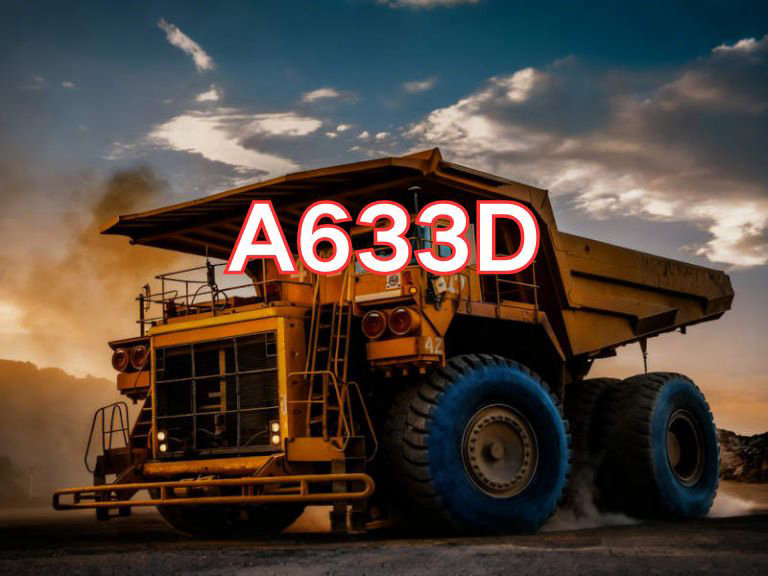

A633D
A633D is a high-strength low-alloy structural steel plate, with its designation following the naming convention of the American Society for Testing and Materials (ASTM). In this system, "A" stands for ferrous materials, "633" refers to the standard number (ASTM A633), and "D" denotes a specific grade—Grade D. Compared to other grades within the same series, Grade D has stricter requirements for chemical composition and mechanical properties, particularly excelling in applications requiring superior low-temperature toughness.
The key characteristics of A633D steel plate include high strength and excellent low-temperature impact toughness. Its minimum yield strength is typically no less than 345 MPa, and it maintains good Charpy V-notch impact energy at low temperatures down to -40°C, making it especially suitable for construction in cold regions or under cryogenic service conditions. The steel achieves enhanced strength through microalloying elements such as niobium and vanadium, which promote grain refinement and precipitation hardening. It is typically produced using normalized or thermomechanically controlled rolling processes to ensure uniform microstructure and consistent mechanical properties. Additionally, A633D offers good weldability and formability, allowing welding with little or no preheating, significantly improving construction efficiency.
This steel plate is widely used in engineering structures demanding high safety and durability, such as bridges in arctic or subarctic regions, offshore oil platforms, heavy transport equipment, large-scale construction machinery, pressure vessels, and load-bearing frames in industrial buildings. Due to its excellent overall performance, A633D effectively replaces traditional carbon structural steels, reducing structural weight while enhancing safety and service life.
The current standard governing A633D steel plate is ASTM A633/A633M-23, where "A" refers to inch-pound units and "M" to metric units, with "-23" indicating the version published in 2023. This specification details requirements for chemical composition, mechanical properties, heat treatment (typically normalization), test orientation, impact testing, and inspection procedures. It should be noted that while ASTM standards are widely adopted globally, when used in specific regions—such as China—compliance with national standards (e.g., GB/T 1591) or industry-specific technical regulations may also be required, along with necessary performance verification and certification.

Ultrasonic Testing (UT)
A key non-destructive testing technique that uses high-frequency sound waves to detect internal flaws in steel plates. The probe emits sound waves, which reflect when encountering defects such as cracks or inclusions. The receiver captures the echoes, enabling precise determination of defect location and size. With high sensitivity, strong penetration, and fast inspection speed, UT effectively ensures internal quality, widely used in the production of heavy plates, pressure vessel plates, and other high-end products to guarantee safety and reliability.

Magnetic Particle Testing (MT)
A common surface inspection method that magnetizes the workpiece, causing leakage magnetic fields at surface or near-surface defects like cracks or inclusions, which attract magnetic particles to form visible indications. Simple to operate and highly sensitive, MT is suitable for rapid inspection of surface and near-surface flaws in ferromagnetic materials, widely used for online or offline inspection of plate edges, ends, and welds, ensuring product quality and safety.

Penetrant Testing (PT)
A non-destructive method for detecting surface-breaking flaws. A penetrant liquid is applied to the cleaned steel surface, allowing it to seep into defects such as cracks or pores. After removing excess penetrant, a developer is applied, causing the trapped penetrant to bleed out and form visible indications. Simple and cost-effective, PT is suitable for inspecting surface defects in various non-porous materials, commonly used for welds, castings, and complex components, effectively ensuring surface quality of steel plates.












